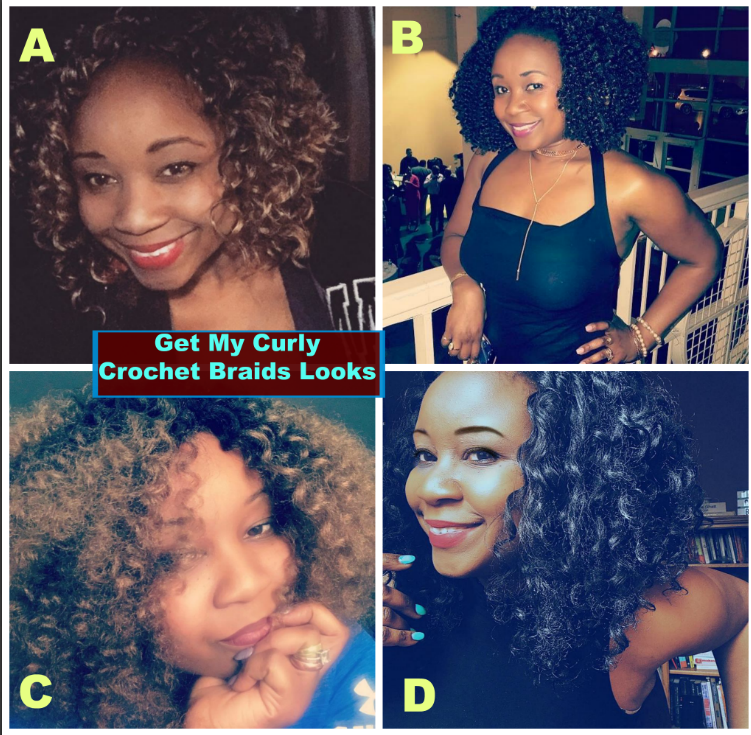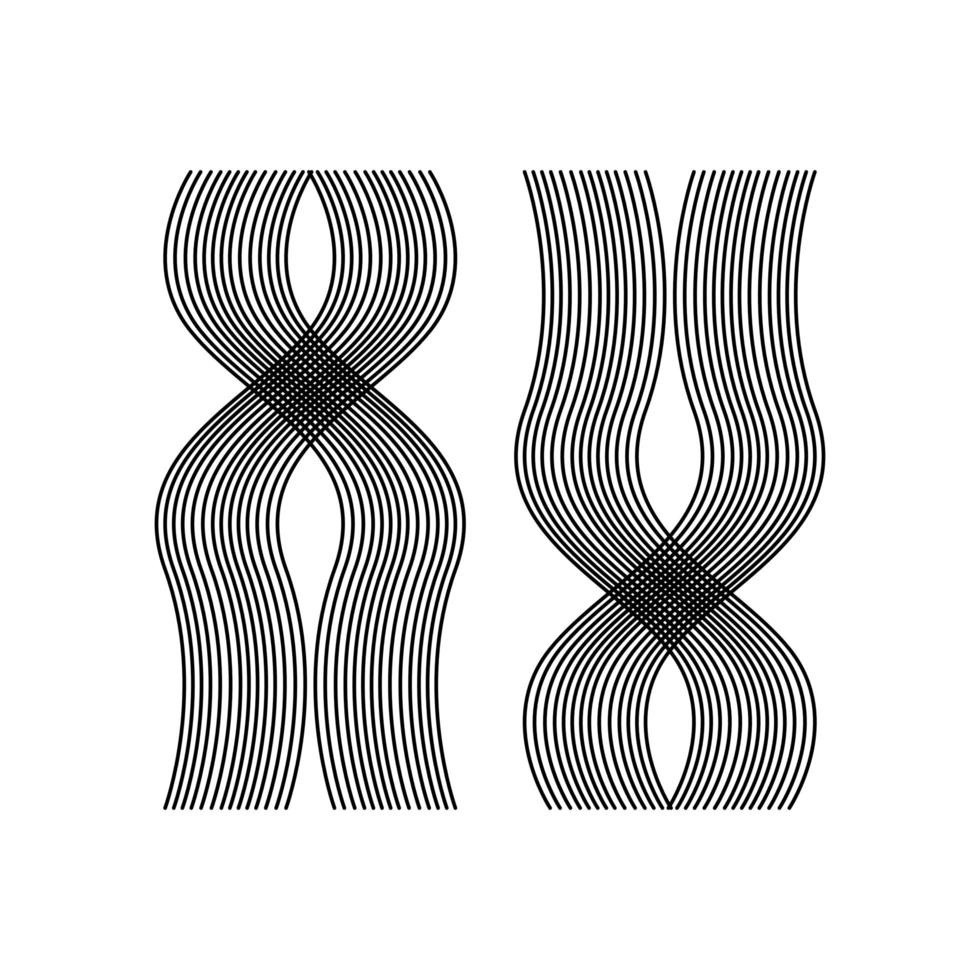Curly Hair Guide: What's YOUR Curl Pattern?
Table Of Content

Type 4 hair includes patterns ranging from tight coils (Type 4A) to densely packed, kinky coils (Type 4C). Low PorosityLow porosity hair will float on the surface of the water for a long time, as the tightly closed cuticle layer prevents water from entering the hair. In terms of hair color, Type 1C hair is versatile and can be colored with a range of different shades. However, it’s important to avoid over-processing the hair, as this can cause damage and breakage. In terms of hair color, Type 1B hair is versatile and can be colored with a range of different shades. Scroll through the photos in this blogpost, and look for the person who's hair looks most similar to yours.
Best for Damaged Hair: Kérastase Genesis Fortifiant Hair Serum
Whether you have 2b waves or 3c curls, these are the best ways to care for it. After washing, use a liberal amount of leave-in moisturizer, such as the Bread Beauty Hair Cream to add even more moisture. Castor oil is also a great hydrator and sealant for this very dry texture; we like the SheaMoisture 100% Pure Jamaican Black Castor Oil. To maintain those bouncy springs, simply spritz your hair with a curl refresher, like the Carol's Daughter Hair Milk Nourishing & Conditioning Refresher Spray. Dickey also recommends layering a leave-in conditioner under a mousse to lock in your natural wave pattern while adding hydration.

What are 2B or 2C curls?
The reality is that many women don’t fit perfectly into one category and subclassification. It’s common to have a combination of hair types (or different types of curls) on your head. His comments are actually very simple regarding Type 4 (Kinky) hair – if you can see a definite curl pattern, then you have Type 4A hair. If you can’t identify a defined, specific curl pattern, then your hair type is 4B. Type 4C tightly coiled strands are more fragile than any other pattern and have a very tight zig-zag shape that is sometimes indiscernible to the eye.
Dove Nutritive Solutions Anti-Frizz Oil Therapy Conditioner
If these emerging systems achieve an adequate social following, then I will update this article to include a complete discussion of those hair typing systems. Identifying your hair strand within the LOIS system starts with using a strand of frayed thread. One piece of a frayed thread (like a piece of sewing thread) is used as a proxy to determine the size of your hair strand.
What is Type 3 Hair?
It’s a spectrum that ranges from thick, S-shaped waves mixed with curls to loose loops. The prevailing thought was that the original hair typing system left this hair type out. Consequently, Type 3C hair has been defined as tight curls or coils that look like corkscrews. We like Kérastase Densifique Bodifying Shampoo and conditioner, which topped the Good Housekeeping Institute Beauty Lab's volumizing shampoo and conditioner test.
Type 2: Wavy Hair

Since type 2s often require less hold, François recommends a volumizing mousse, like Redken Root Lifter Volumizing Spray Foam or Aveda Phomollient Styling Foam, applied to freshly washed wet hair. “Let the waves air dry naturally while gently bouncing strands upwards with a flat palm of your hand,” he instructs. You can also opt for a curl cream, like Sienna Naturals Dream Curl Cream, or a light gel if mousse just isn’t your thing.
Just as the skin on your face is different from the skin on your leg, your scalp’s hair follicles can vary significantly around your head. No need to boost volume for this curl type, as these spirals create fullness by bouncing off each other. Hair type, from pin-straight to kinky, depends on the shape of the hair follicle itself. Coily hair, commonly referred to as Afro-textured or kinky hair, is naturally very dry and spongy in texture and can be soft and fine or coarse and wiry. Strands form very tight, small curls of zig-zags right from the scalp and are prone to major shrinkage. Between shampoos, use a non-lathering, sulfate-free co-wash like the Briogeo Curl Charisma Rice Amino + Shea Hydrating Co-Wash, so you don’t strip essential moisture from strands.
So no matter how much product you apply to your hair, it won’t work. They’ll just sit uselessly on top of your head and form nasty buildup. The problem is since there are too many large holes in your strands, moisture can also effortlessly get out before it can even effectively nourish your hair. This type is most prone to breakage because it lacks moisture the most. Type 4a hair keeps its shape when wet or dry but experiences shrinkage.
2b is a bit curlier at the tips of the hair and is approaching the shape of Type 3. Everybody is born with specific hair textures and it may change over the span of one’s lifetime. Just take some strands from different areas of your hair while it’s still wet. Then lay the strands on a flat surface and observe them as they dry and take their natural shape. Eventually, more and more hairstylists used this system, and subcategories were added to these basic hair types.
That’s why the first step in your hair care regime should be opening the cuticles. Once you’ve done this, you can then go to town with moisturizing your hair. That means its cuticles are open and it can easily absorb moisture and whatever product you apply to your hair. You can determine which curl pattern you have by looking at your hair and understanding the descriptions above.
However, if your hair has been chemically damaged, then your true curl pattern may have been altered. Overall, the float test is a simple and effective way to determine your hair’s porosity level and help you make informed decisions about your hair care routine. For medium porosity hair, focus on maintaining a healthy balance of moisture and protein in the hair. Use products that contain humectants, which help attract moisture to the hair, as well as occasional protein treatments to strengthen the hair. Overall, understanding your hair porosity level is an important step in achieving healthy, well-moisturized hair.
The sulfur-containing amino acid cysteine is found abundantly in the fibrous protein hair is made up of – keratin. These cysteines bond with other cysteines further down the hair shaft, causing hair to curl. The more protein bonds in the hair shaft, the curlier the hair will appear. If it stays on the surface, then you have low porosity, and if it floats in the middle, then you have medium porosity.
Comments
Post a Comment